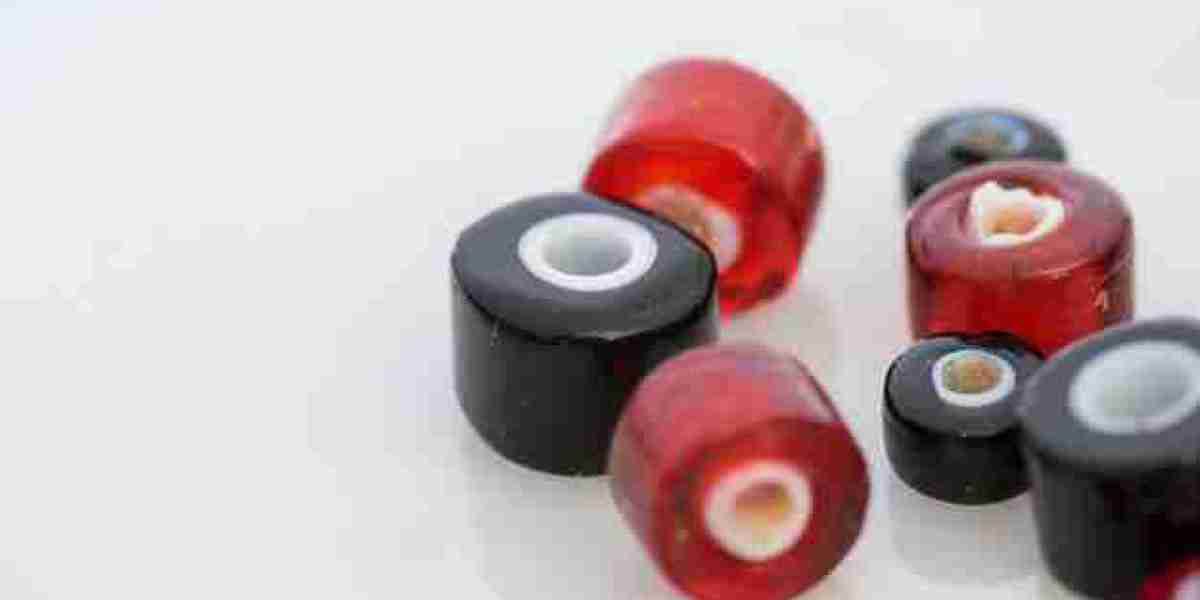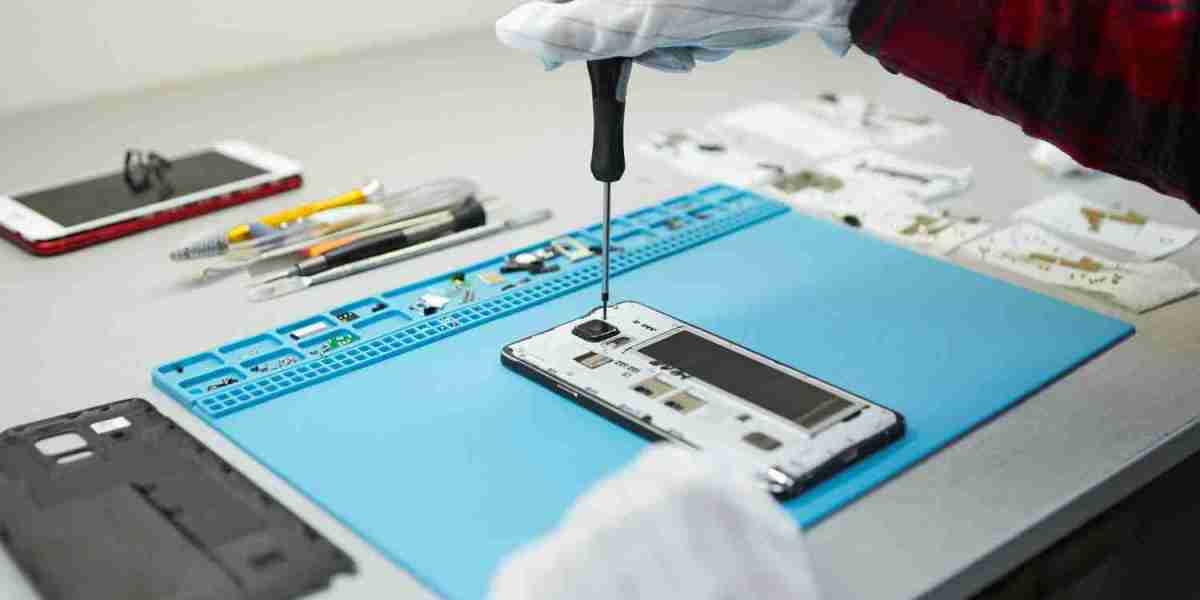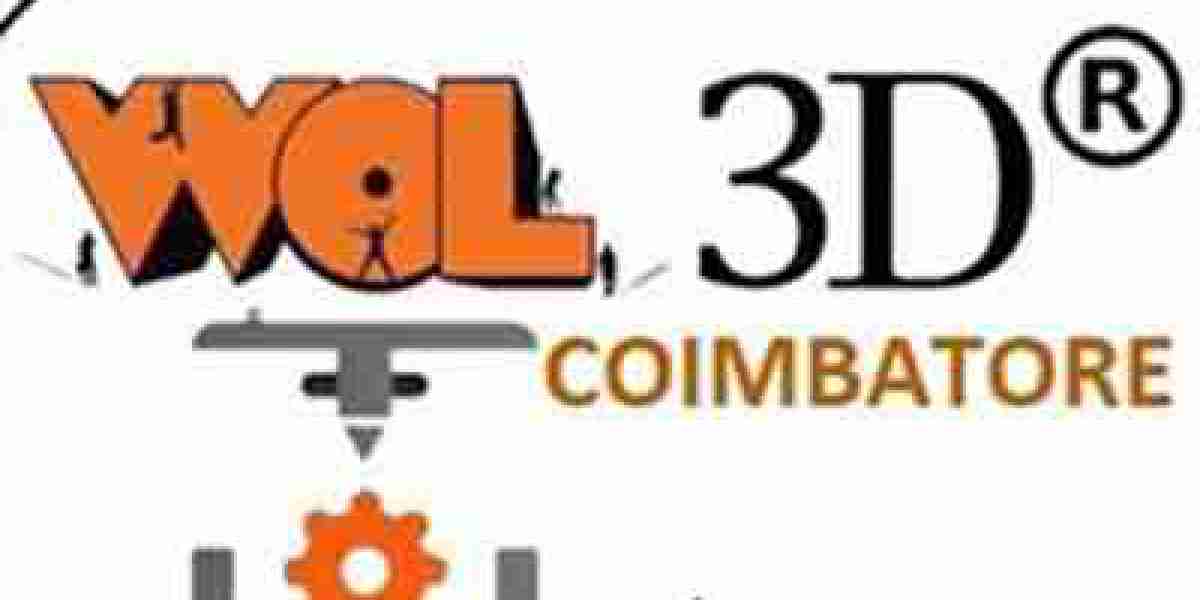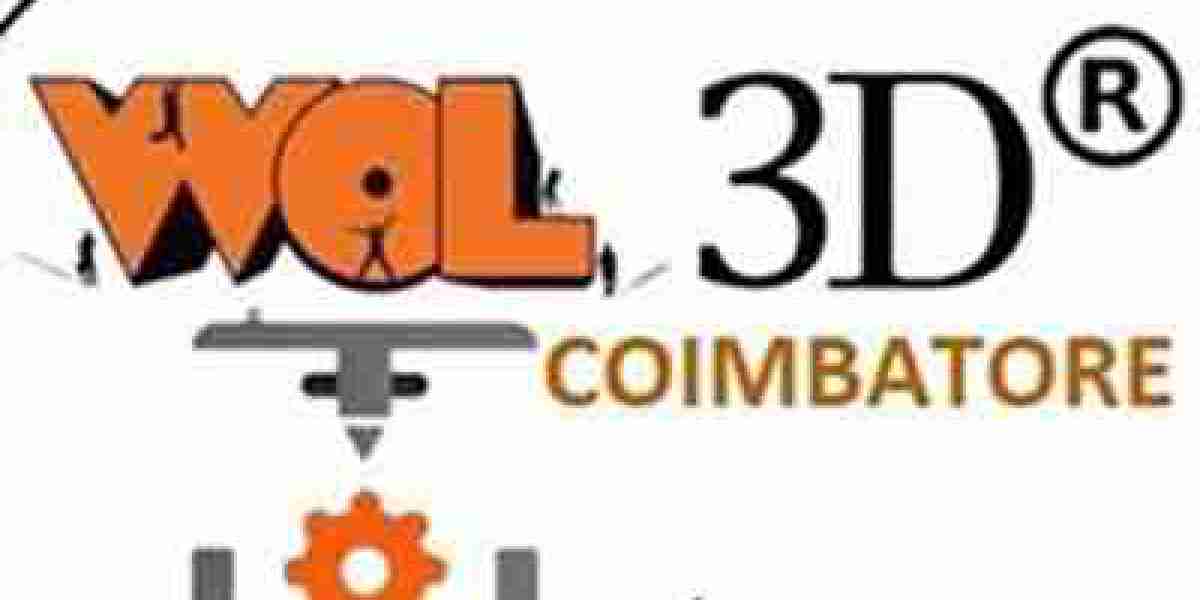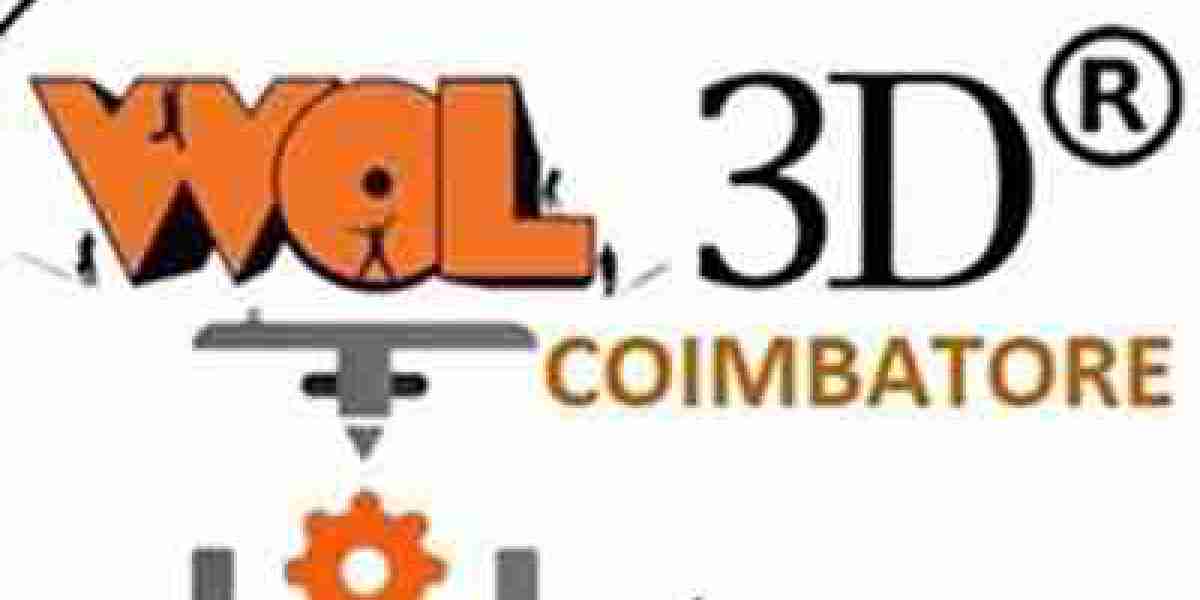As a writer and researcher with a keen interest in industrial components and mechanical performance, I often encounter questions surrounding specific aftermarket solutions. One topic that has gained traction in recent years is the growing popularity of custom polyurethane bushings. Designed to replace traditional rubber or metal alternatives, these bushings are commonly used in automotive, industrial, and even recreational applications. But are they genuinely effective? And are they worth the investment?
In this article, I’ll delve into their pros, potential drawbacks, and the contexts in which they shine. My exploration is informed by detailed research, technical insights, and real-world use cases across various industries.
Understanding the Role of Bushings
Before we assess their value, it’s important to understand what bushings do. In mechanical systems, bushings act as vibration isolators and cushions between moving parts. Their primary job is to reduce friction, absorb shocks, and manage motion — especially in automotive suspensions, control arms, and sway bars. Choosing the right material is essential for ensuring longevity, comfort, and overall system efficiency.
Traditionally, rubber has been the go-to material due to its flexibility and cost-effectiveness. However, rubber degrades quickly under extreme temperatures, constant pressure, and exposure to chemicals. This is where polyurethane enters the picture.
Why Consider Polyurethane?
Polyurethane is a versatile polymer that bridges the gap between plastic and rubber. It offers a unique combination of elasticity, toughness, and resistance to oil, solvents, and weathering. Unlike rubber, polyurethane maintains its structural integrity longer under stress and doesn’t easily crack, warp, or soften.
Custom-made bushings crafted from this material take things a step further. These are not one-size-fits-all solutions; they are engineered specifically for particular systems or applications, offering improved fit, load-bearing capacity, and precision.
The Benefits Observed from Field Research
From what I’ve observed through both technical reports and user testimonials, the following advantages are frequently associated with these bushings:
1. Enhanced Durability
Custom polyurethane bushings have a much higher lifespan than their rubber counterparts. They resist the common wear and tear that comes from heat, road salt, oil, and mechanical strain. This longevity makes them especially suitable for high-performance environments such as motorsports, off-road vehicles, and industrial machinery.
2. Better Performance and Handling
In automotive applications, one of the standout benefits is improved handling. Unlike rubber, which flexes under load, polyurethane maintains its shape and position more rigidly. This translates into tighter steering response, better alignment, and reduced body roll. Drivers often report a more “connected” feel to the road after switching.
3. Custom Fit for Unique Systems
Because these bushings are tailored to specific measurements and use cases, they provide a perfect fit, unlike generic options that might require minor modifications. In industries where precision is critical—such as aerospace or robotics—this customization can lead to significantly better performance and reliability.
4. Resistant to Chemicals and Environmental Damage
Exposure to oils, fuels, and harsh environmental conditions can quickly degrade standard materials. Polyurethane holds up exceptionally well under these conditions, making it ideal for applications in extreme settings. Whether it’s a racing vehicle exposed to heat or heavy equipment working in wet or oily environments, the resilience of polyurethane is a major asset.
When Might They Not Be Ideal?
It would be incomplete to highlight only the positives. Custom polyurethane bushings, despite their benefits, may not be the right solution for every scenario.
1. Increased NVH (Noise, Vibration, Harshness)
Due to their stiffness, polyurethane bushings can transmit more vibration and noise into the vehicle or equipment. For drivers who prioritize a smooth, quiet ride—such as in luxury vehicles—this might be a trade-off. It’s worth noting that some manufacturers have developed dual-durometer versions that try to balance rigidity and comfort, though they tend to be more expensive.
2. Installation Complexity
Custom components often require more detailed installation procedures. Without the right tools or expertise, improper installation can lead to premature failure or reduced performance. While DIY enthusiasts can certainly install them with guidance, some users may prefer professional support, which adds to the overall cost.
3. Cost Considerations
Compared to mass-produced rubber bushings, custom polyurethane versions come with a higher price tag. This cost is justified by their performance, but for budget-conscious consumers or those dealing with non-critical systems, the investment might not seem necessary.
Applications Beyond Automobiles
While most discussions revolve around cars, I found that these bushings are increasingly being used in other sectors as well. In manufacturing, they are employed in conveyor systems, robotic arms, and vibration-sensitive machinery. Their ability to be tailored for specific load ratings and shapes makes them valuable in fields requiring specialized components.
Moreover, industries such as marine, agriculture, and energy are recognizing the advantages of high-performance bushings for withstanding tough working conditions. Their water resistance and UV stability, for instance, provide consistent reliability over extended use.
Professional Insights and Feedback
During my research, I engaged with several mechanical engineers and product developers who’ve worked with polyurethane-based components. One automotive engineer noted that these bushings significantly reduced maintenance intervals for off-road suspension systems, while a robotics technician pointed out their precision fit reduced calibration errors during high-speed operations.
User communities and forums also reflect similar sentiments. Many vehicle owners who switched to customized polyurethane bushings shared long-term benefits, particularly when dealing with older models where OEM parts were no longer available.
Final Thoughts: A Worthwhile Investment?
As a writer dedicated to providing fact-based, practical insights, I’ve found that custom polyurethane bushings do offer measurable advantages. Their durability, resistance to wear, and performance-enhancing characteristics make them a compelling upgrade for both enthusiasts and professionals. While they might not be suitable for every application—particularly those where comfort trumps performance—they clearly outperform traditional options in demanding environments.
For anyone considering an upgrade or designing a custom mechanical system, it’s worth exploring whether polyurethane bushings align with your needs. The key lies in understanding your specific use case and balancing factors like performance, cost, and installation effort.
In conclusion, custom polyurethane bushings are more than just a trend; they represent a smart engineering solution backed by material science and real-world performance. Whether you’re an auto enthusiast, equipment manufacturer, or system designer, these bushings deserve serious consideration.
